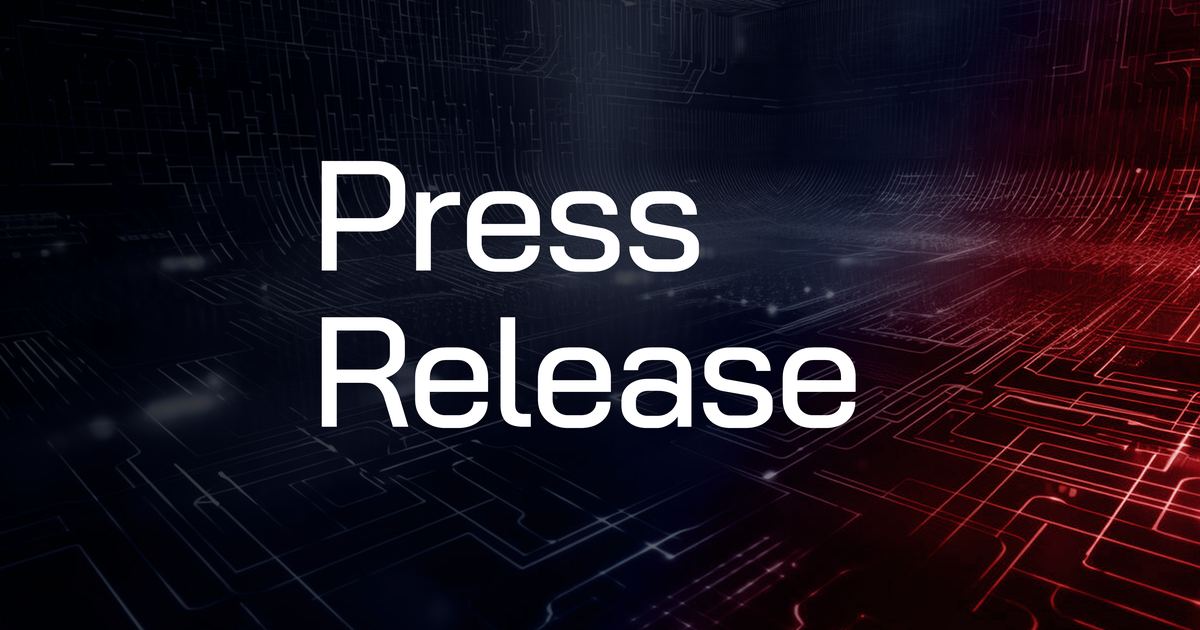
June 11, 2024 at 05:24PM
Backslash Security unveils new platform capabilities, including on-premises integrations, CI/CD integrations, and enhanced language support. These enhancements enable the platform to serve the entire software development lifecycle and the application security needs of large enterprises. Backslash’s reachability analysis aids in prioritizing and fixing reachable vulnerabilities, and the platform now offers extended enterprise support and enhanced security team workflow, CI/CD integrations, and reachability analysis features. For a free trial with full access, visit backslash.security/trial.
Key Takeaways from the Meeting Notes:
– Backslash Security has announced new platform capabilities focused on supporting the full software development lifecycle and addressing application security needs of large enterprises.
– The company has extended its support for large enterprise use cases by integrating with Github Enterprise On-Premise, Github Enterprise Server, Gitlab On-Premise, and Bitbucket On-Premise.
– Extended language support has been added, including C, C++, Ruby, Rust, and Scala, to secure diverse technology stacks and the entire codebase.
– Role-based access controls have been implemented to enable enterprises to manage access to the Backslash platform.
– New automation policies and actions features have been introduced to specify security workflows and create tickets and notifications with collaboration platforms such as Jira, Monday.com, ServiceNow, Slack, and Microsoft Teams.
– CI/CD integrations with Gitlab Pipelines, Github Actions, and Azure Pipelines have been added to support DevSecOps processes.
– Reachability analysis enhancements have been made, including the detection of phantom packages in OSS code, identifying vulnerable transitive packages, and providing new UI features to bolster reachability evidence.
– Backslash is offering a free trial with full access to the platform via a pre-configured demo environment.
– Backslash’s fusion of SAST and SCA focuses on fixing only reachable, exploitable code vulnerabilities and is backed by prominent investors and deployed across leading technology organizations.
Overall, the new platform capabilities aim to streamline security workflows, support enterprise use cases, and offer enhanced reachability analysis to prioritize and address critical code risks.